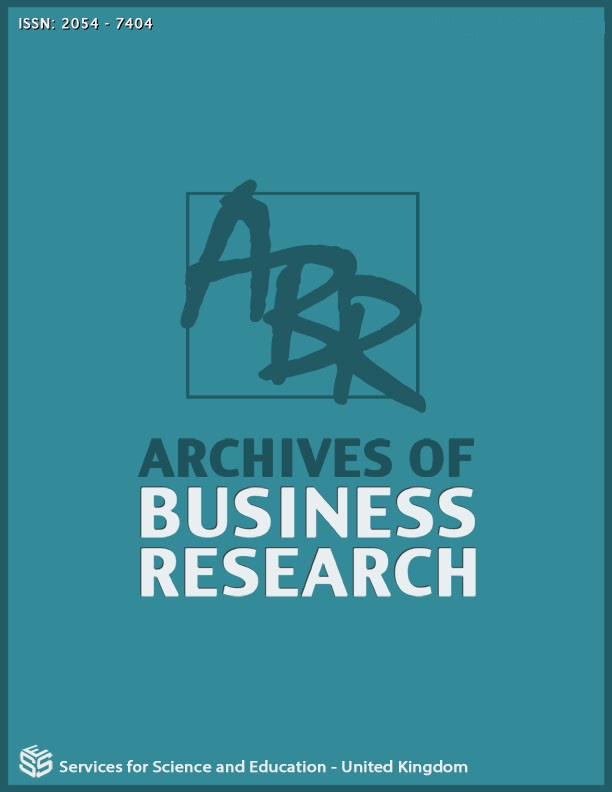Literature Review: Analysis Of Students' Cognitive Style And Affection In Strengthening Essay Writing Malay Language In Primary School
DOI:
https://doi.org/10.14738/abr.111.13946Keywords:
Cognition and affective skills, Malay essays, Hermeneutic methodsAbstract
This study aims to analyze the student's cognition and affective styles in Malay essay writing. The study sample involved 40 Year 5 students to be interviewed and 2 teachers to be interviewed. A total of 40 original student written texts were studied and analyzed and 12 students were interviewed to obtain data and transcribed into study texts. The text of this study was analyzed using the Hermeneutic method to interpret the study findings. The findings of the study show that excellent and good students can apply the style of cognition, affect and past experience in essay writing while average students face difficulties in practicing the style of cognition, affect and past experience in essay writing. In conclusion, affect as an internal element helps generate knowledge among students. Affective reactions can develop students cognitively to produce a good essay. When the affective reaction is disrupted, the failure to extract information about an essay title from the student's subconscious will affect the student's thinking. The implication of this study for students and teachers is to be able to realize the importance of affective and cognitive styles in writing karanagan BM whether in the excellent, good, and average categories.
Downloads
Published
How to Cite
Issue
Section
License
Copyright (c) 2023 Pushpavali Perumal, Mohd Razimi Husin, Suppiah Nachiappan

This work is licensed under a Creative Commons Attribution 4.0 International License.






